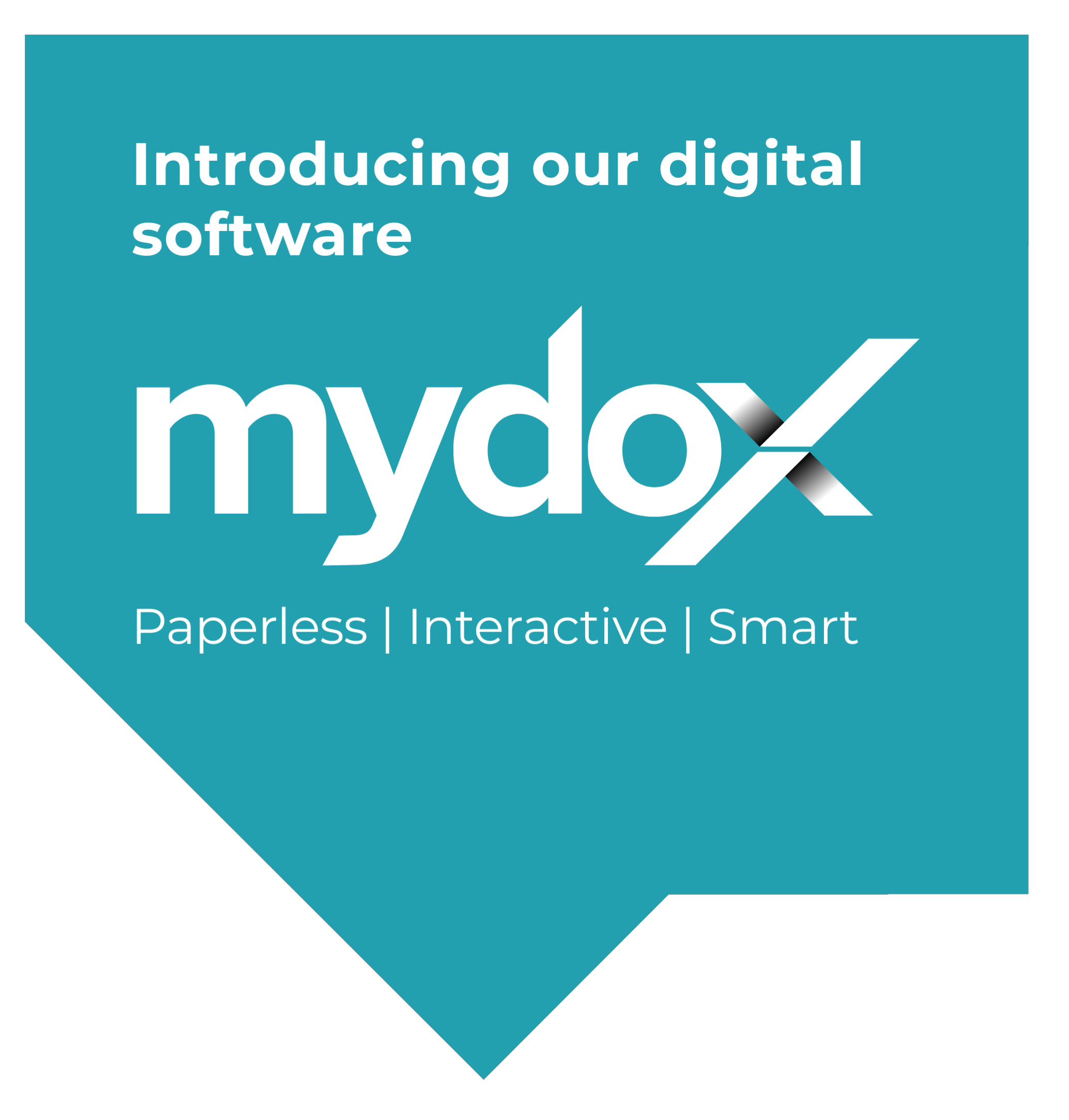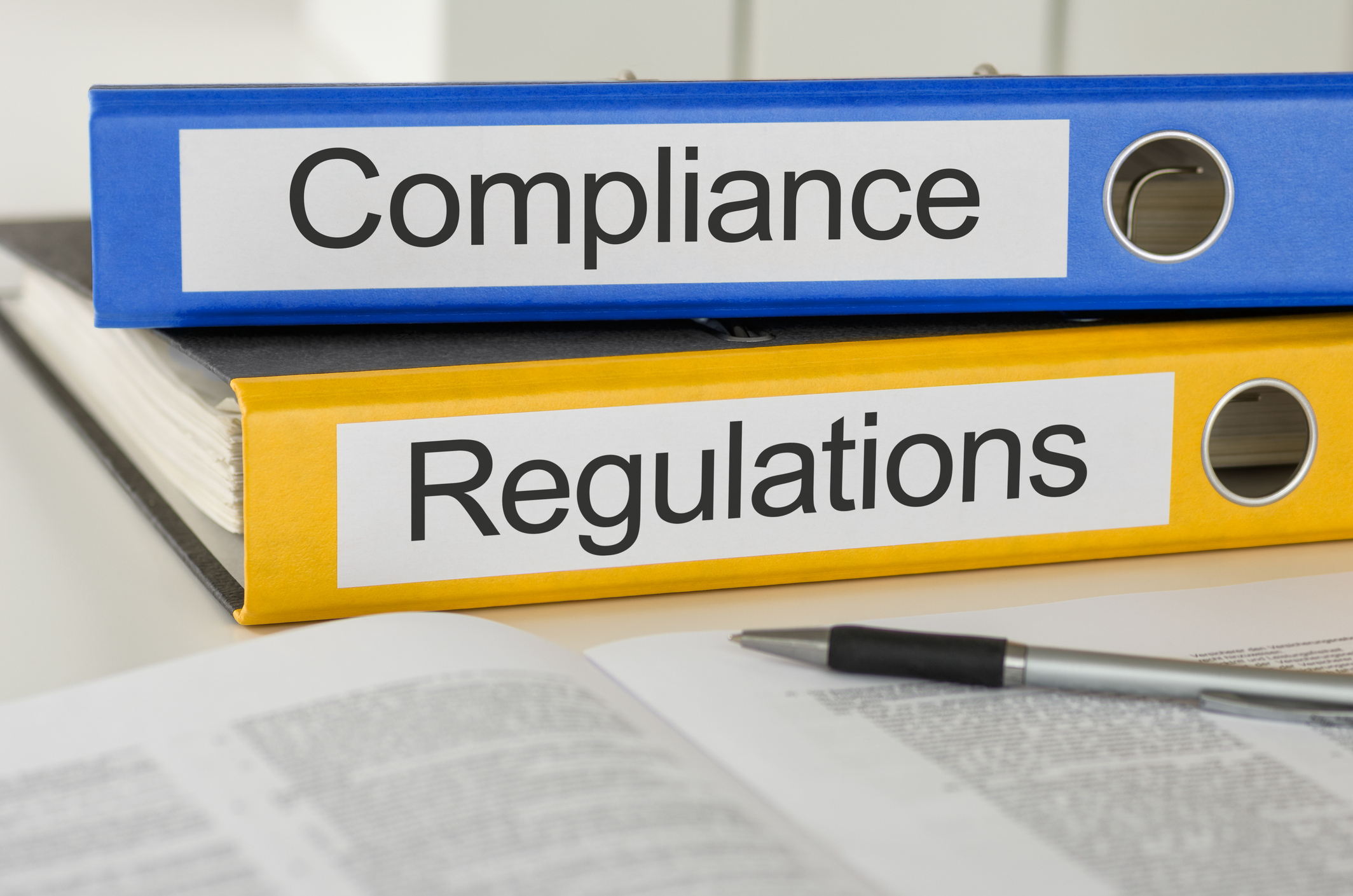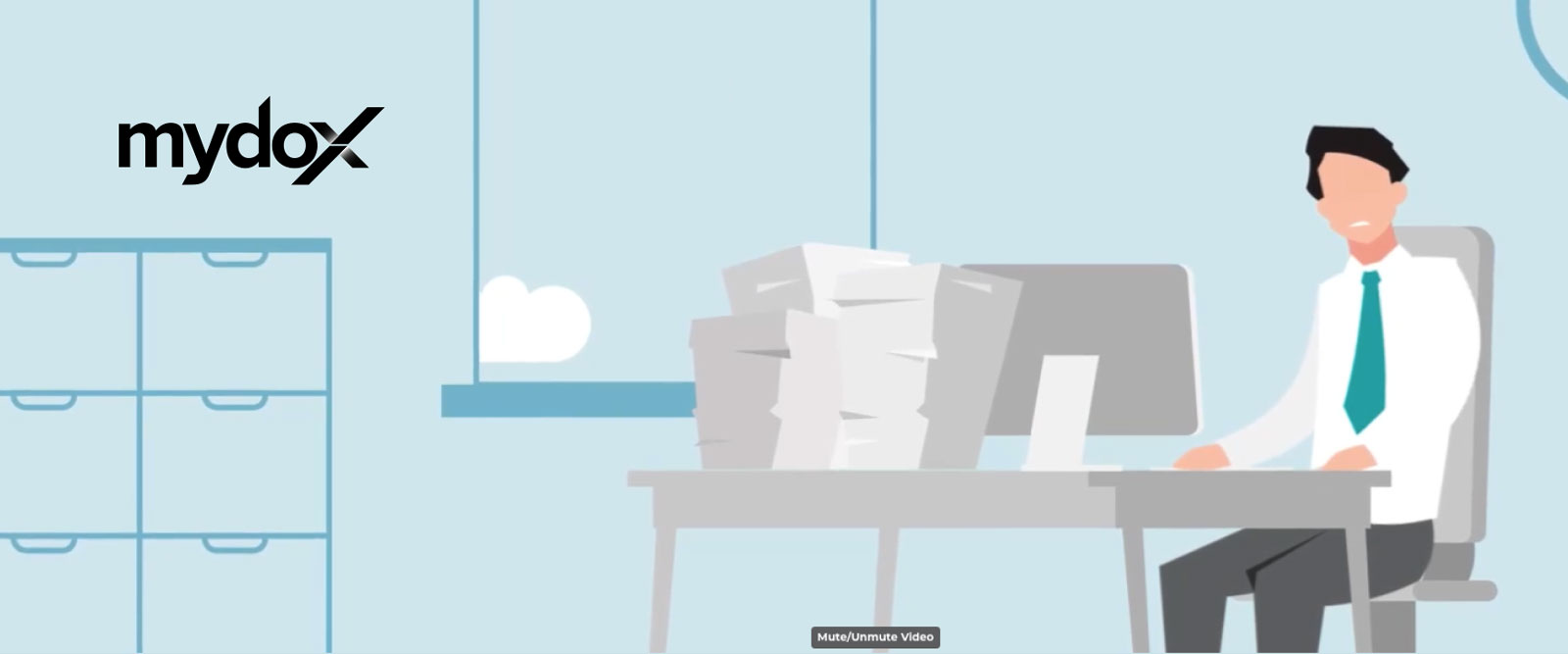
In our increasingly connected world, the lines between work and personal life have blurred, often leaving employees feeling overwhelmed and fatigued. With the constant influx of emails, messages, and notifications, many find it challenging to disconnect, leading to increased stress and potential safety risks.
Understanding Digital Overload
Digital overload occurs when employees are bombarded with information from multiple devices and platforms. This constant connectivity can lead to:
– Increased Stress: The pressure to respond immediately can create a sense of urgency that heightens stress levels.
– Burnout: Prolonged exposure to screens without breaks can lead to physical and mental exhaustion, diminishing overall productivity.
– Decreased Focus: Multitasking across digital platforms can scatter attention, making it difficult to concentrate on tasks and increasing the likelihood of errors.
The link between Digital Detox and Workplace Safety
Unplugging from digital devices allows employees to recharge mentally, enhancing their overall well-being. Reducing screen time can significantly decrease anxiety and improve mood, creating a more positive work environment where employees feel valued and engaged.
Taking breaks from screens also sharpens focus and attention. When employees are less distracted by notifications and constant connectivity, they are more likely to notice hazards and make better decisions, ultimately contributing to a safer workplace.
Extended screen time can lead to a range of physical health issues, including eye strain, headaches, and musculoskeletal problems. Regular digital detoxes can help mitigate these risks, promoting better overall health and safety among employees.
Additionally, unplugging encourages face-to-face interactions, fostering stronger relationships among colleagues. Improved communication can enhance teamwork and heighten awareness of safety practices, creating a more cohesive work environment.
Encouraging employees to disconnect from work after hours can greatly enhance their work-life balance. A healthier balance reduces stress and burnout, which are critical factors in maintaining workplace safety and ensuring that employees remain productive and engaged.
Practical Tips for Implementing a Digital Detox
- 1. Establish ‘Tech-Free’ Zones: Create designated areas in the workplace where technology use is discouraged, such as break rooms or communal spaces.
- 2. Set Clear Boundaries: Encourage employees to set specific times to check emails and messages, rather than being constantly connected.
- 3. Promote Regular Breaks: Encourage short, regular breaks away from screens. The Pomodoro Technique—working for 25 minutes followed by a 5-minute break—can be effective.
- 4. Encourage Outdoor Time: Promote taking breaks outside. Fresh air and a change of scenery can enhance mental clarity and well-being.
Download a free support services document.

It includes available support services and resources for employees, such as counselling services, and peer support networks to access when needed.
Just fill out the form and we will email it to you.

























